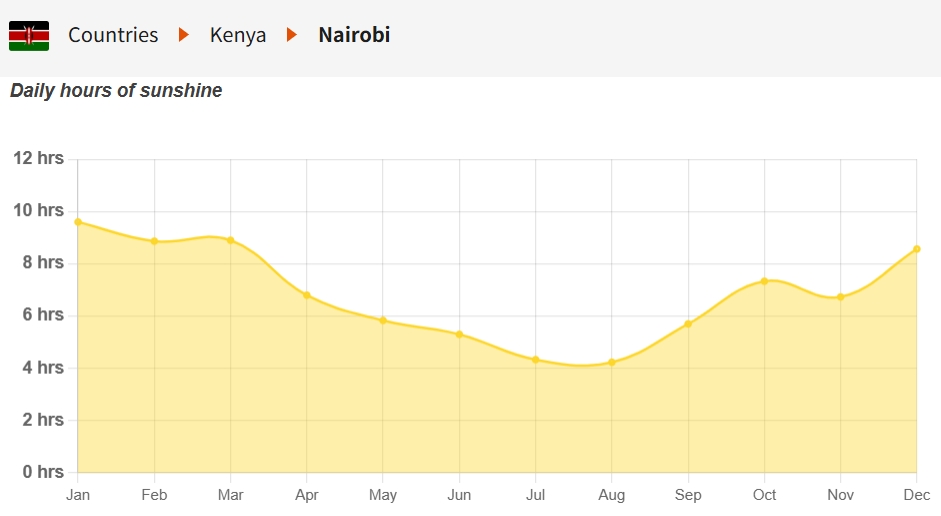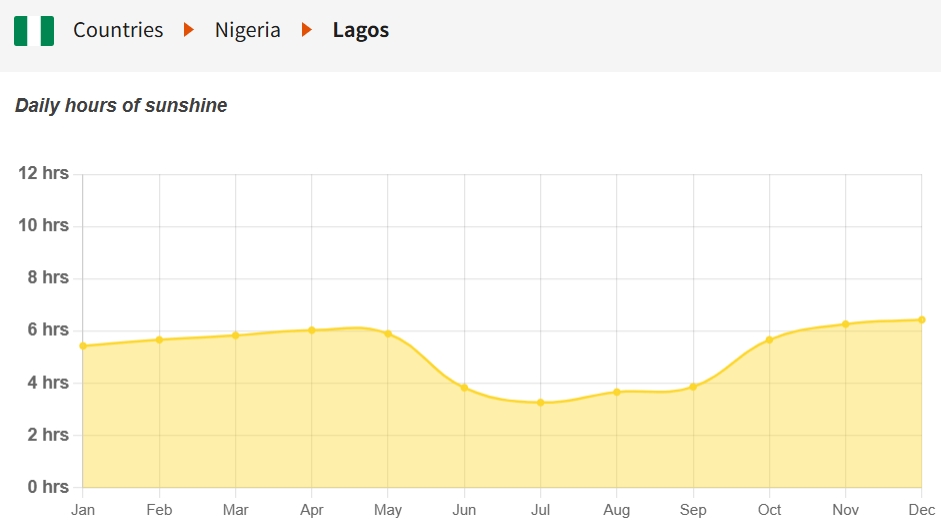With the development of solar energy technology, Solar water pumping systems are more and more used in agricultural irrigation, village or town water supply , daily water use and animal husbandry in remote area or regions with unstable grid electricity. Compared with traditional diesel or electric driven water pumps, solar water pumping systems have the advantages of being green, environment friendly, low operating costs and easy maintenance. So here often comes the question from clients: What is the daily water output of a solar pump system?
In fact, the amount of water output by the solar water pump system is related to factors such as the pump head, flow rate, PV module power capacity, sunshine time and intensity, pipeline and system efficiency, etc. In standard sunshine condition, and average system deficiency, the main water amount are determined by water pump flow rate and PV module power capacity and daily average sunshine time.
Water Pump Capacity
There is a certain physical relationship between the head (H) and power (P) of a water pump, which is mainly reflected in the energy conversion process of the pump. We can understand the relationship between them through the following formula:
P(shaft)= ρ*g*Q*H/ηp
P: Pump shaft power (W)
ρ: Water density (kg/m³), clean water is about 1000 kg/m³
g: Gravity acceleration (9.81 m/s²)
Q: Flow rate (m³/s)
H: Head (m)
ηp: Pump efficiency (usually between 0.5 - 0.85)
Motor input power capacity is calculate as following formula:
P(Input)=P(shaft)/ηm= ρ*g*Q*H/ηp*ηm
Ηm:motor efficiency (usually between 0.85 - 0.95)
So as calculate here comes the simple and easier pump motor power capacity calculation formula:
P(kW)=Q*H/367*η
Q: Flow rate (m³/s)
H: Head (m)
η: total efficiency (Pump efficiency *motor efficiency), Mileway solar pump total efficiency is around 0.62-0.75
Let's make an examples, Q=30m3/h, H=55m, Total efficiency is 0.62
P(kW)=30*55/367*0.62=7.25Kw, so the pump motor power capacity is around 7.5kw.
In an actual solar pump project, the borehole's water head is fixed and cannot be changed, only the flow rate can be adjusted according to needs.
PV module (solar panels) Capacity
Since most solar pumping systems operate without backup power, and sunlight availability varies throughout the day, the PV array should be oversized to ensure consistent performance. Typically, the PV capacity should be 1.3 to 1.5 times the pump's rated power. For example, for an 11 kW pump, we would use PV modules totaling approximately 16.5 kW (11×1.5).
Peak Daily sunshine time
Peak sunlight hours vary by location. For example, the average daily peak sun hours are approximately 8 hours in Johannesburg, South Africa.

The average daily peak sun hours are 6 hours in Nairobi, Kenya.

The average daily peak sun hours are 5.5 hours in Lagos, Nigeria.

The average daily peak sun hours are7 hours in Juba, South Sudan.
Solar Submersible Pump data sheet 
Different flow rate and Head matching different pump motor power capacity.
What is the daily water output of a solar pump system?
Based on the technical specifications above, then we can answer this question now, assuming the same solar panel capacity, we can estimate the daily water output using the 6SP30-07 pump model as an example. This pump has a rated head of 55 meters and a rated flow rate of 30 m³/h. Therefore, the estimated daily water output is approximately 240 m³ in South Africa, 180 m³ in Kenya, 165 m³ in Nigeria, and 210 m³ in South Sudan.
Post time:2025-04-12





